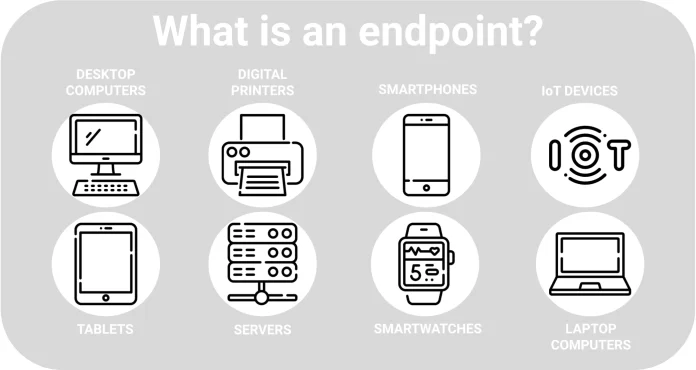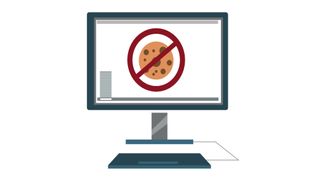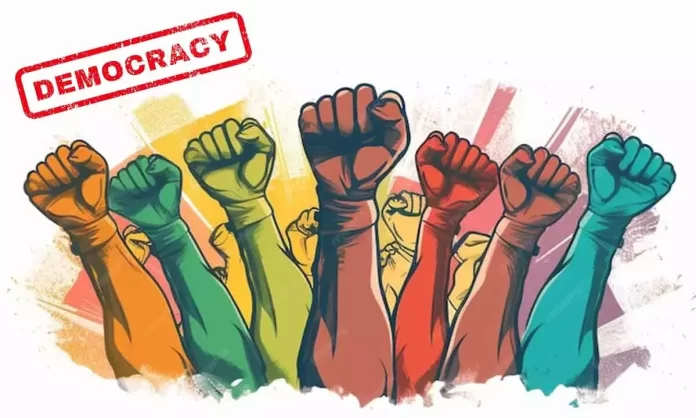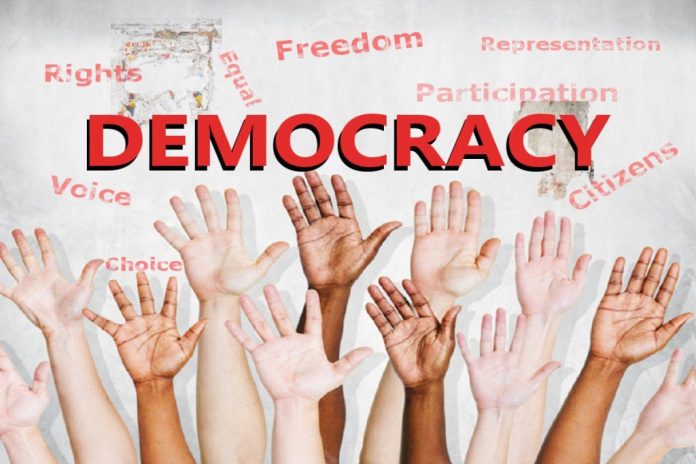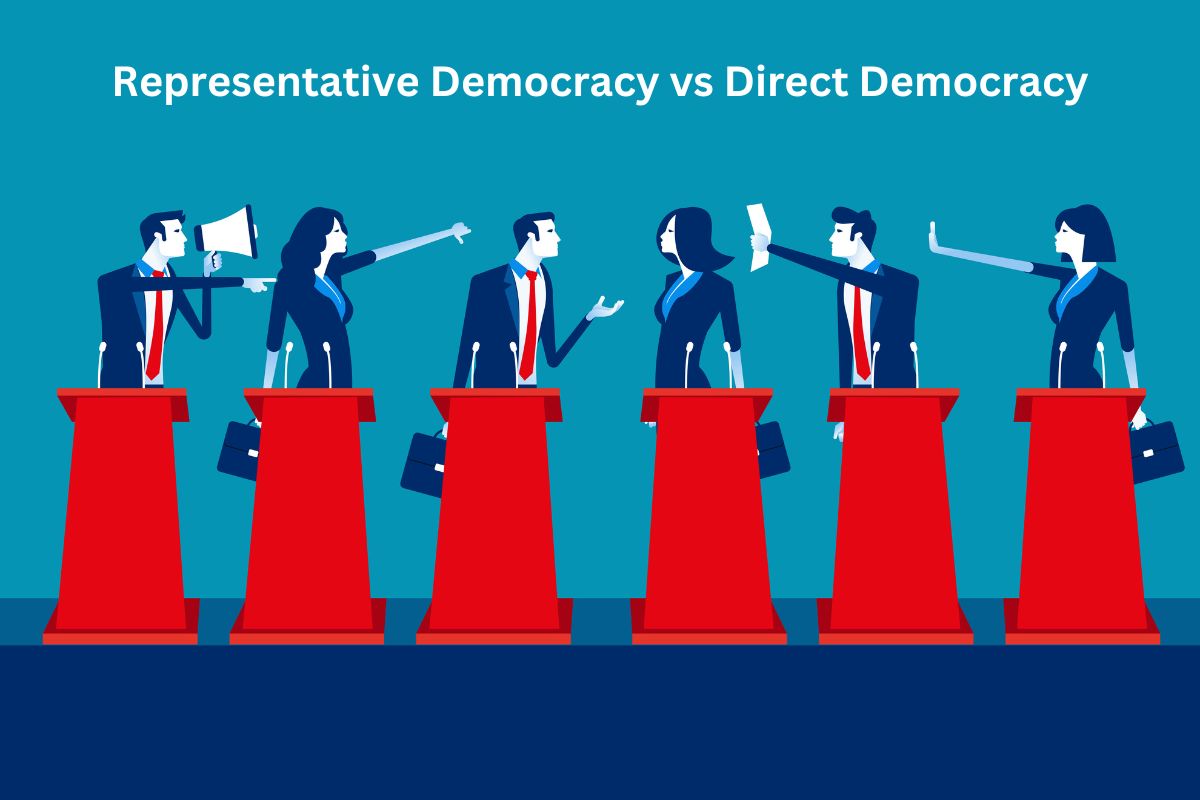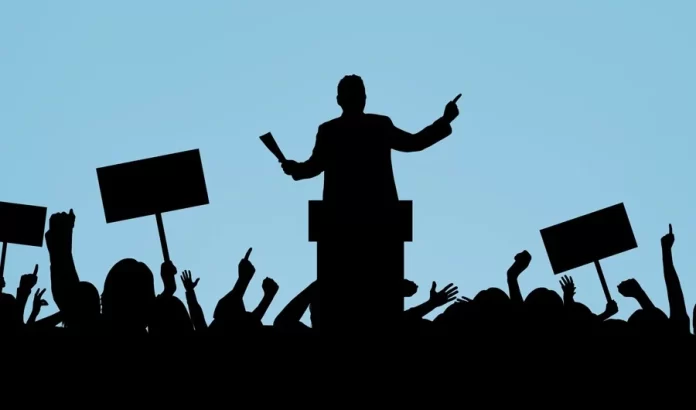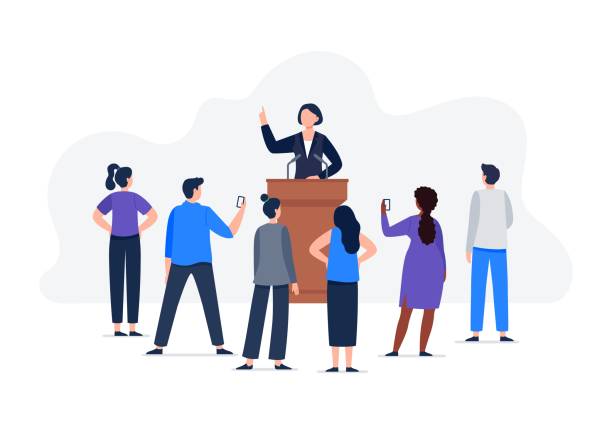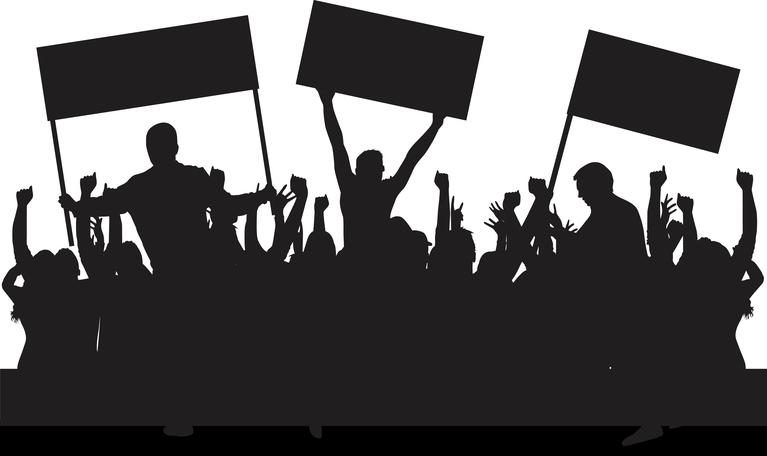Yes, the PlayStation 3 (PS3) can be jailbroken, which allows users to run custom firmware and homebrew applications on the console. Jailbreaking typically involves exploiting security vulnerabilities in the system software to gain elevated privileges and bypass restrictions imposed by Sony. However, it’s important to note that jailbreaking may void the warranty of the console and could potentially lead to security risks or instability if not done properly.
What is a PS3?
The PlayStation 3 (PS3), developed by Sony Computer Entertainment, was a revolutionary gaming console upon its release. With its powerful hardware and extensive library of games, the PS3 garnered a massive following worldwide. Read about What is an Endpoint device
Understanding Jailbreaking for PS3

Why People Jailbreak Their Devices?
People jailbreak their devices for various reasons, including gaining access to features not supported by the manufacturer, installing third-party applications, and customizing the user interface to suit their preferences.
Benefits of Jailbreaking a PS3
Jailbreaking a PS3 unlocks a plethora of possibilities for users. It allows them to install custom firmware, enabling features like homebrew applications, game mods, and enhanced system functionality.
Risks and Legal Implications
However, the process of jailbreaking comes with inherent risks and legal implications. It can void the warranty, expose the system to security vulnerabilities, and potentially violate terms of service agreements. Learn about What is WebDAV Protocol
Exploring the Feasibility
Yes, a PS3 can be jailbroken. Over the years, various methods and techniques have emerged, offering users the means to unlock the full potential of their consoles.
Methods and Techniques
From exploiting software vulnerabilities to utilizing hardware modifications, several methods exist for jailbreaking a PS3. However, users must exercise caution and thoroughly research each method to minimize the associated risks.
Risks Associated with Jailbreaking a PS3
Jailbreaking a PS3 poses certain risks, including the possibility of bricking the console, rendering it unusable. Additionally, it can compromise system stability and expose the device to malicious software.
Legal Implications of Jailbreaking a PS3
While jailbreaking itself may not be illegal in some jurisdictions, it often violates the terms of service set forth by Sony. Engaging in unauthorized modifications can lead to legal repercussions, including fines and legal action.
Steps to Jailbreak a PS3
Important Considerations
Before attempting to jailbreak a PS3, users should carefully consider the risks involved and ensure they understand the implications of their actions.
Precautions to Take
It’s essential to follow reputable guides and sources when jailbreaking a PS3 to minimize the risk of damaging the console or compromising personal data.
Is Jailbreaking Worth It?
The decision to jailbreak a PS3 ultimately depends on the user’s preferences and willingness to accept the associated risks. While it offers enhanced customization and functionality, users must weigh the benefits against the potential consequences.

Conclusion
In conclusion, while a PS3 can indeed be jailbroken, it’s crucial for users to approach the process with caution and awareness of the risks involved. By understanding the legal implications and taking necessary precautions, individuals can make informed decisions regarding the customization of their gaming experience.
FAQs
- Is jailbreaking a PS3 illegal?
- Jailbreaking a PS3 may not be illegal in all jurisdictions, but it often violates terms of service agreements and can lead to legal consequences.
- Can jailbreaking a PS3 void the warranty?
- Yes, jailbreaking a PS3 typically voids the warranty provided by the manufacturer.
- Are there benefits to jailbreaking a PS3?
- Yes, jailbreaking can unlock additional features and customization options, but it also comes with risks.
- What are the risks of jailbreaking a PS3?
- Risks include bricking the console, security vulnerabilities, and potential legal consequences.
- Is it worth jailbreaking a PS3?
- The decision to jailbreak a PS3 depends on individual preferences and willingness to accept the associated risks.


